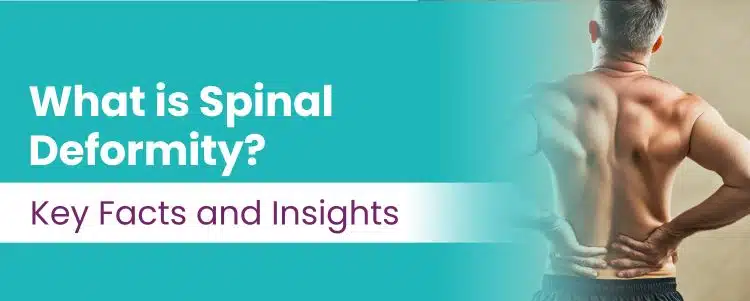
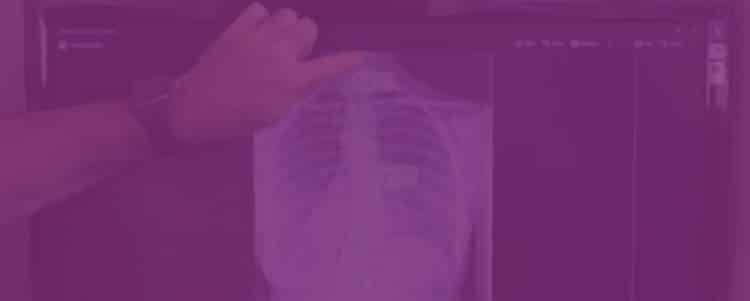
What is Spinal Deformity? Key Facts and Insights
When speaking of spinal deformities, we ought to think about structural abnormalities within the spine.


Can You Bend Your Back After Scoliosis Surgery? [Answered]
It is known that when a patient undergoes spinal surgery or scoliosis surgery, one of the repercussions will often be a loss of spinal flexibility and range of motion.


What Is the Fastest Way to Get Rid of Scoliosis?
Proactive and early treatment is key to managing scoliosis effectively, especially when started soon after diagnosis.
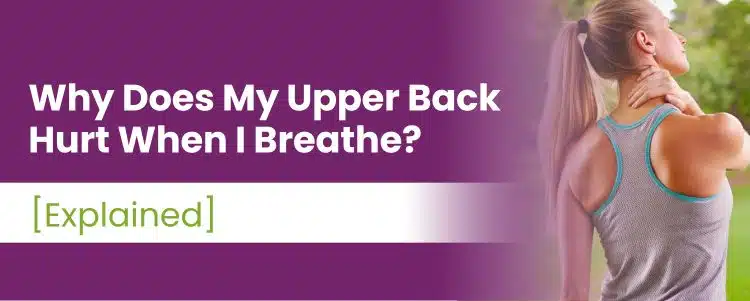

Why Does My Upper Back Hurt When I Breathe? [Explained]
The effects of scoliosis can be felt widely throughout the body. Some of its effects can include postural changes and these postural changes can impact lung function.
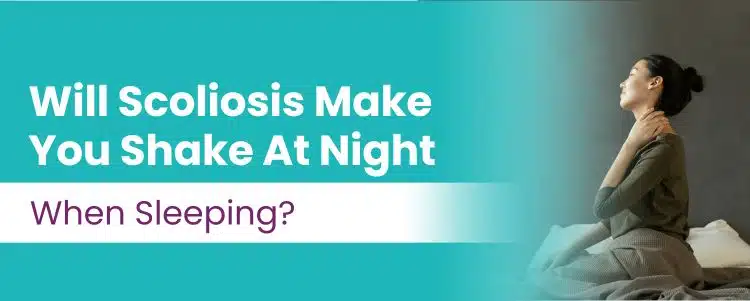

Will Scoliosis Make You Shake At Night When Sleeping?
Scoliosis itself will not cause shaking, however, when scoliosis is accompanied by nerve compression some tremors might be present in some patients.
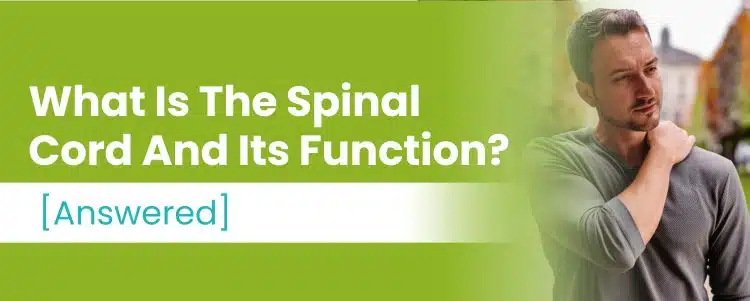

What Is The Spinal Cord And Its Function? [Answered]
The spinal cord works in tandem with the brain to form the body’s central nervous system or CNS.
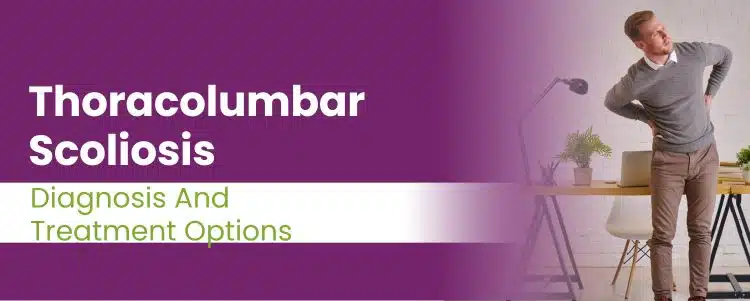

Thoracolumbar Scoliosis: Diagnosis And Treatment Options
Thoraculumbar scoliosis happens in the upper lumbar and lower thoracic sections of the spine.
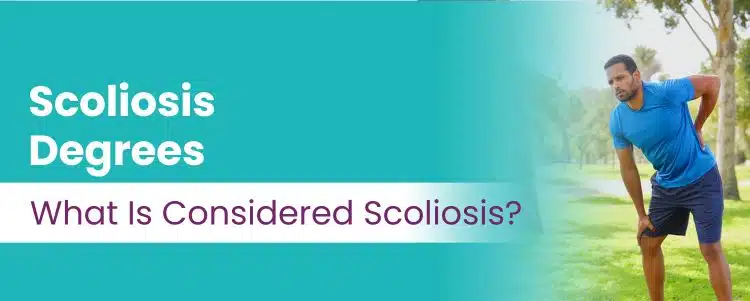

Scoliosis Degrees: What Is Considered Scoliosis?
Scoliosis is diagnosed when a patient’s Cobb angle measurement is over 10 degrees.
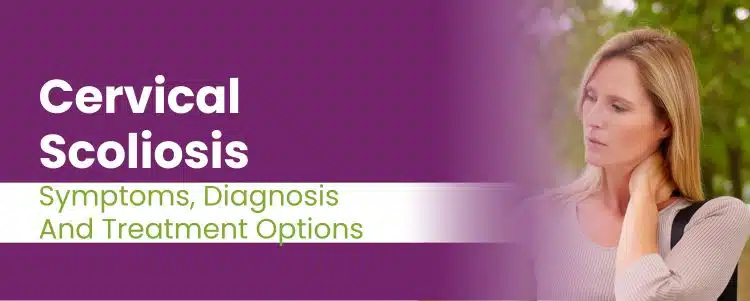

Cervical Scoliosis: Symptoms, Diagnosis And Treatment Options
Scoliosis can develop in any part of the spine. When a patient is diagnosed with cervical scoliosis it means the scoliosis has developed in the neck.


Does Scoliosis Get Worse With Age? What Can You Expect?
As a progressive condition, scoliosis's effects and symptoms will worsen over time.


Scoliosis In Adults Over 70: Does Treatment Differ?
Adult scoliosis is a degenerative and compressive condition. In adults over 70, due to the compressive aspect, the treatment will often focus on pain management.
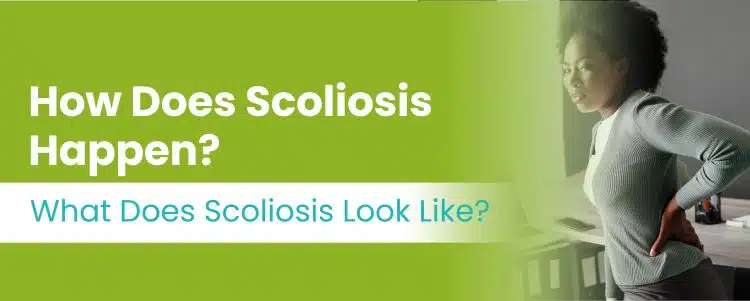

How Does Scoliosis Happen?
The cause of scoliosis is often unknown, and how it affects the body will vary on each patient.


Dextroconvex Scoliosis? Causes, Symptoms, And Treatments
When a patient has dextroscoliosis but the orientation of the curve is mostly rounded outwards instead of inward, that is what we call dextroconvex scoliosis.


Can You Develop Scoliosis? How Common Is It In Adults?
Scoliosis, due to aging, compression of gravity over time, and natural spinal degeneration over time, is more likely to affect adults than any other age group.


Scoliosis Treatments Options: Which Is Best For You?
Every scoliosis treatment approach has similar goals, to prevent it from progressing.
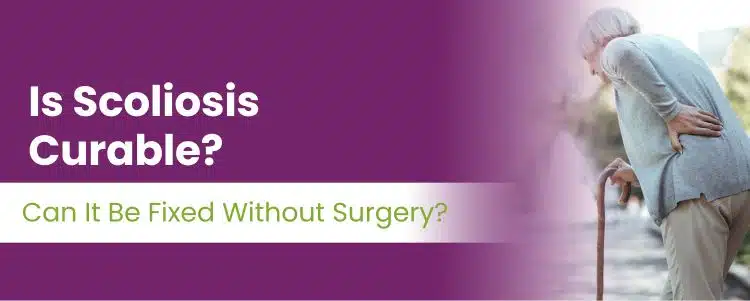

Is Scoliosis Curable? Can It Be Fixed Without Surgery?
Scoliosis is a very treatable condition and it doesn’t necessarily involve invasive procedures.
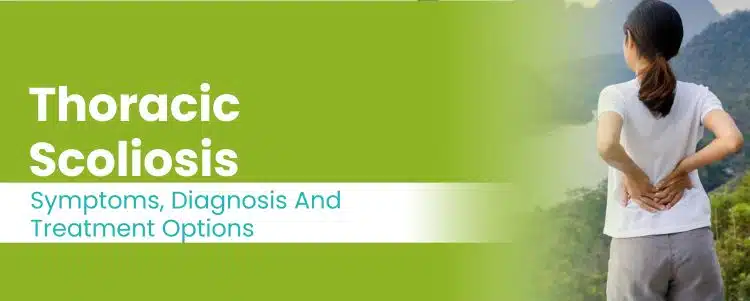

Thoracic Scoliosis: Symptoms, Diagnosis And Treatment Options
Thoracic scoliosis develops in the middle/upper back. Patients experience varied symptoms, which is why customized treatment is advised for these patients.
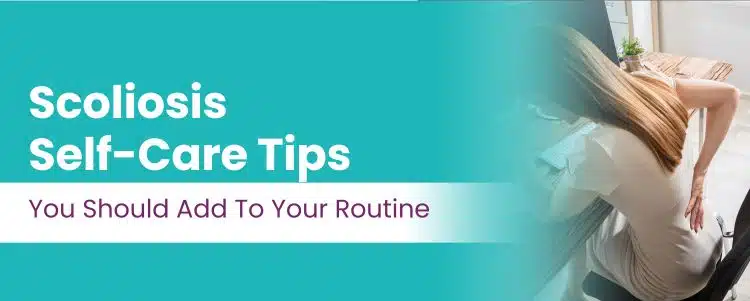

Scoliosis Self-Care Tips You Should Add To Your Routine
Living with any condition requires some form of self-care routine to maintain it under control.
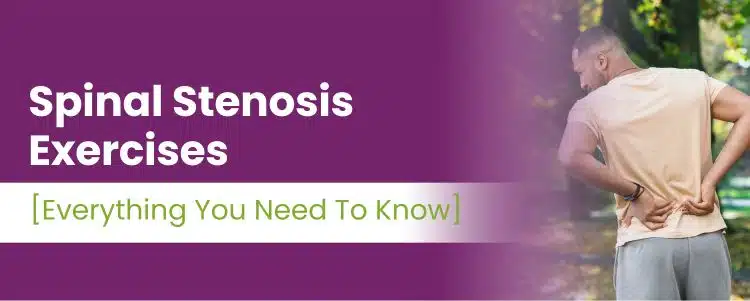

Spinal Stenosis Exercises [ Everything You Need To Know ]
Spinal stenosis causes the nerves to be compressed and their disrupts their normal function.